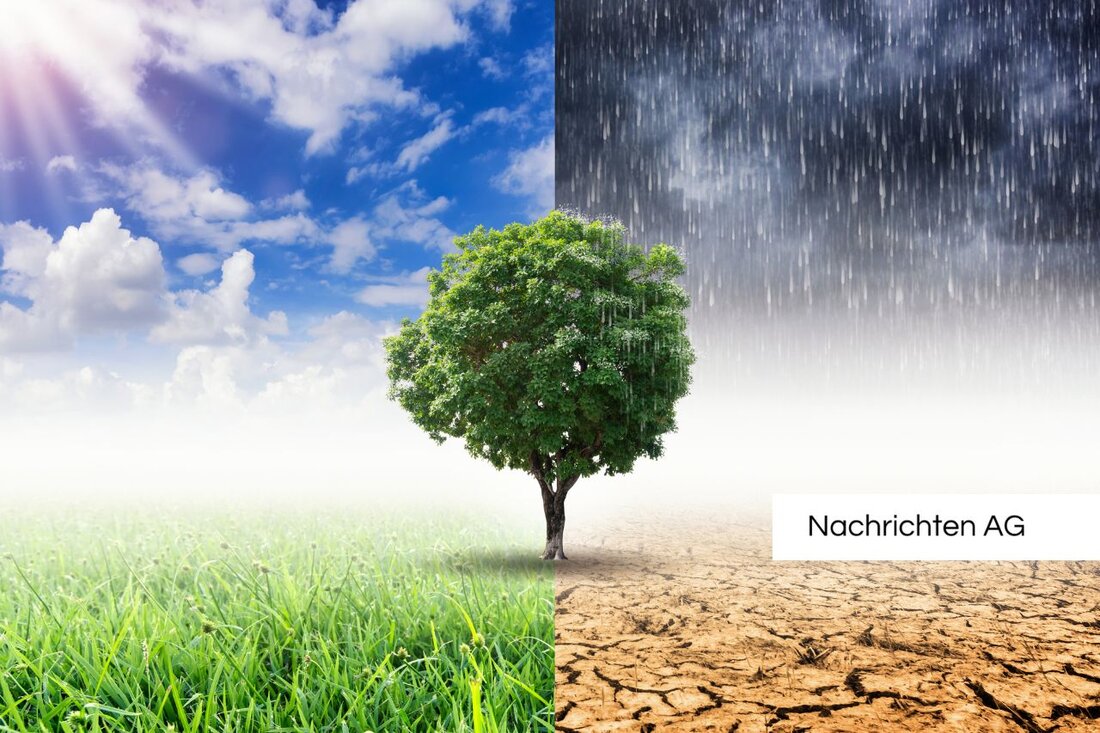The Baltic Sea is in danger of sinking: Warnemünde and the coast are in danger!
Climate change threatens Baltic Sea coastal towns like Warnemünde. Forecasts show rising sea levels by 2100. Adjustments necessary.

The Baltic Sea is in danger of sinking: Warnemünde and the coast are in danger!
Climate change has us firmly in its grip - and that is not just a slogan, but a bitter reality that is currently primarily affecting the coastal towns on the Baltic Sea. In Warnemünde and other popular holiday regions it is clear that rising sea levels due to global warming pose a serious threat. According to the latest reports from t-online.de Large parts of these coastal towns, including the sandy beach, could be at risk by the end of this century.
The forecasts for sea level rise are alarming: depending on global warming, which could fluctuate between 1.8 and 3.7 degrees Celsius, sea level rise is expected to be between 0.3 and 1.0 meters by 2100. Experts warn that the situation could worsen further as glaciers in the Arctic melt. Every rising water level not only means higher water levels, but also an increased risk of coastal erosion and storm surges, which particularly threaten estuaries and low-lying areas, as the Federal Environment Agency shows Umweltbundesamt.de.
The unstoppable change
A rise of just a few centimeters can have catastrophic consequences in flat coastal regions. It's not just Baltic Sea islands like Pagenwerder that are affected, as they could increasingly disappear in the floods. Many coastal cities also have to prepare for increased coastal protection. According to a report from Hamburg's Hafencity University (HCU), the melting of permafrost, which is exacerbated by the associated carbon dioxide emissions, could further accelerate the rise in temperature.
But what exactly does that look like in practice? Selected water levels in the Baltic Sea are already showing that water levels are rising significantly. Reports from the past 60 to 180 years show a continuous rise in water levels. The water levels in Kiel, Travemünde and Sassnitz are all recording a statistically significant increase and are impressive evidence of ongoing global warming.
Global dimensions of the problem
However, the phenomenon of sea level rise does not only have regional effects. Globally, millions of people living near coasts are affected, especially in poorer countries that often do not have the means to take adequate coastal protection measures. In countries like Bangladesh, millions of people already live in areas less than a meter above sea level. The explosiveness of this situation is highlighted by the report from klima-warnsignale.uni-hamburg.de Even more clearly: an unchecked increase in CO2 emissions could bring about even faster changes.
The demand is clear: we need to act now and take appropriate measures. The Baltic Sea expert Markus Meier is in favor of urgently adapting coastal protection in order to enable safe holiday opportunities on these beautiful coasts in the future. Because the challenges of climate change are not becoming less, but rather more - and that affects us all.

 Suche
Suche
 Mein Konto
Mein Konto